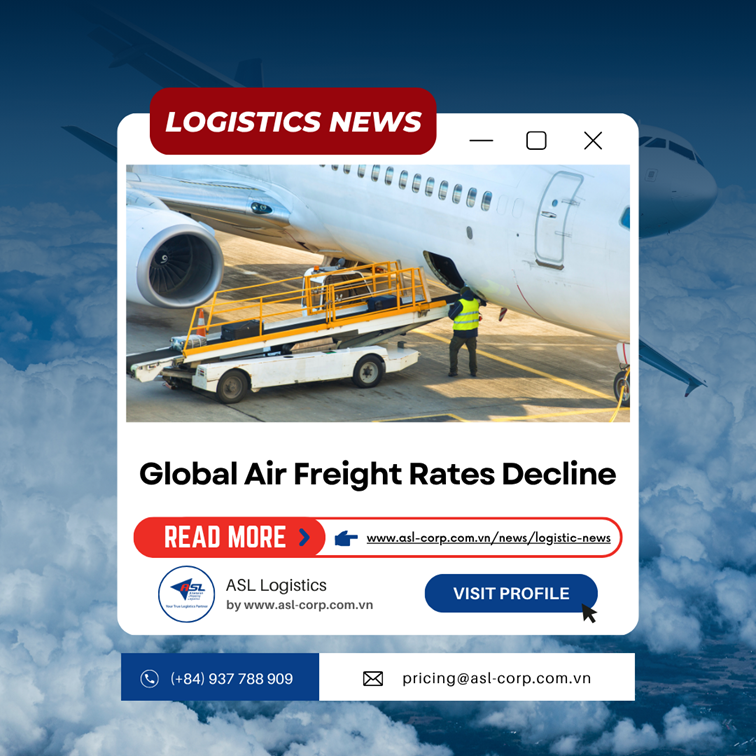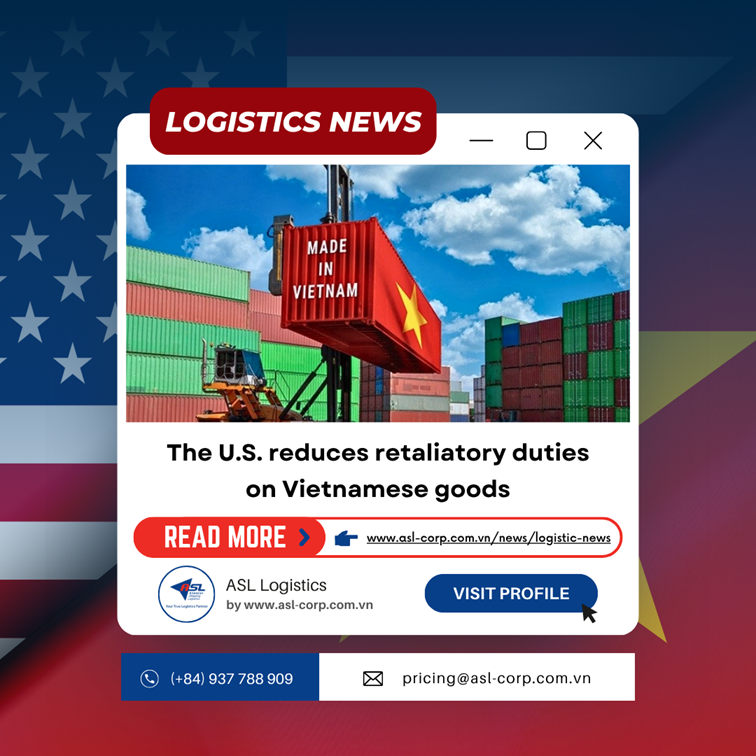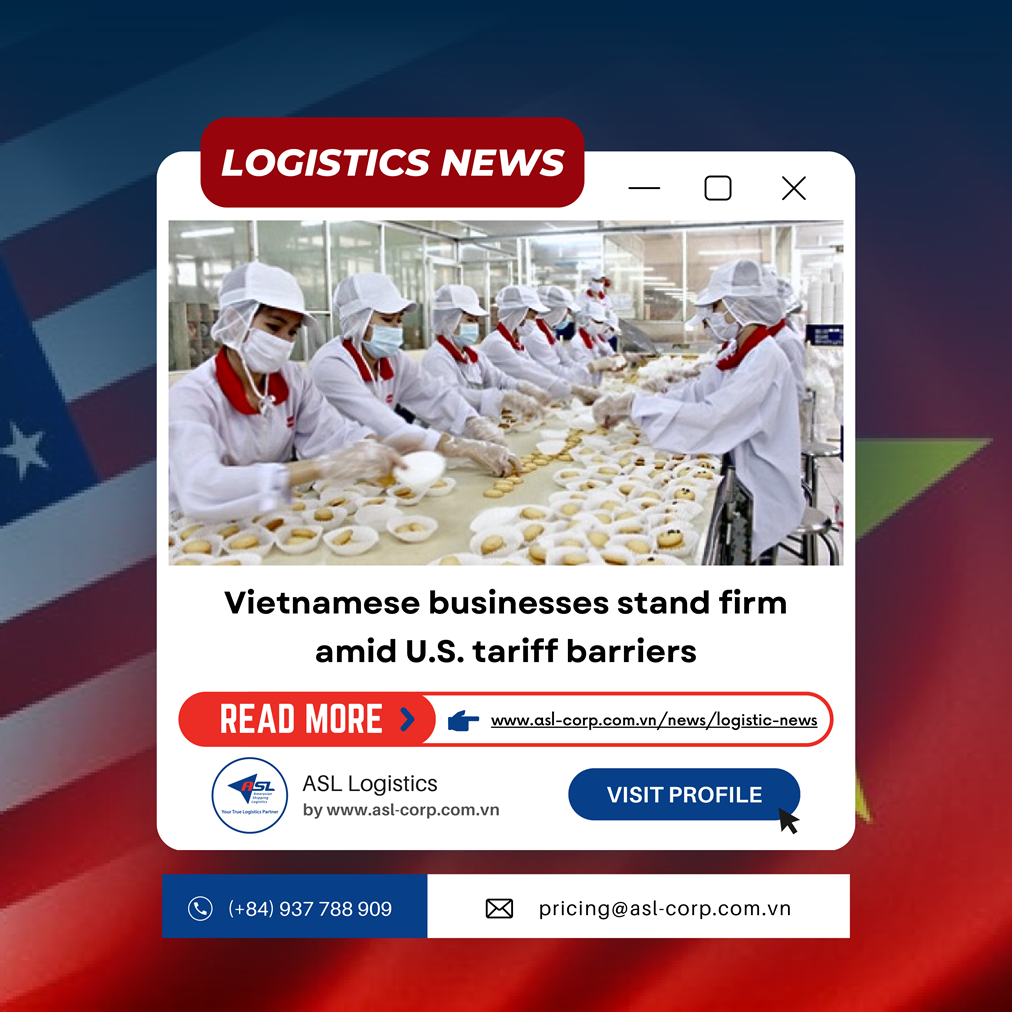Logistic News
NATIONS RUSH TO FINALIZE TARIFF TALKS WITH U.S. AHEAD OF “ZERO HOUR”
05 July 2025
As the July 9 deadline approaches, trade negotiations between countries, territories, and the Trump administration have entered the final stretch.
.png)
President Trump Announces Tariff Notification Letters Sent Out from July 4 – Photo: REUTERS
The tariff rates, initially announced in April, were justified by the White House as a response to what it called an “imbalanced” and non-reciprocal trade relationship that was harming the U.S. economy.
However, the Washington administration later temporarily lowered tariffs to 10% for most countries to allow room for negotiations until July 9 — the date when retaliatory tariffs are set to take effect on goods from hundreds of economies worldwide.
Below is a summary of the ongoing tariff negotiations between countries and the U.S., compiled by AFP on July 4.
EU: Ready for a Deal
The European Union (EU) has indicated its readiness to reach an agreement before July 9, when U.S. tariffs on EU goods are expected to rise from 10% to 20% — or even up to 50%, as previously threatened by President Trump.
European Commission President Ursula von der Leyen said the EU was aiming for an “agreement in principle” to prevent the new tariffs from coming into force.
Japan: Facing Risks Over Rice and Cars
Despite being a close ally, Japan remains uncertain about avoiding the new 24% tariff rate. President Trump has repeatedly criticized Japan for not opening its markets further to American rice and automobiles.
"I'm not sure we’ll reach a deal," Trump said, warning that Japan could face tariffs of 30%, 35%, or “whatever we decide.”
Japan’s special trade envoy, Ryosei Akazawa, has made eight consecutive trips to Washington in an effort to secure an agreement.
India: In a Favorable Position
Negotiations between the U.S. and India have progressed positively over recent weeks, with the potential for a “very big deal,” as Trump hinted in late June — one that could spare New Delhi from a 26% tariff.
Ajay Sahai, Director General of the Federation of Indian Export Organisations, said the feedback he has received “indicates positive signals” in the talks, though he emphasized that the situation remains fluid.
Indian Finance Minister Nirmala Sitharaman stated that agriculture and dairy products are “major red lines” in the ongoing tariff negotiations with the U.S.
South Korea: Cautious Optimism
South Korea, already impacted by U.S. tariffs on steel and cars, is seeking to avoid a 25% tariff on additional exports.
President Lee Jae Myung noted it’s still uncertain whether a deal can be reached with the U.S. before July 8. He suggested that cooperation in shipbuilding could serve as a “bargaining chip,” but said both sides have yet to clearly define their expectations.
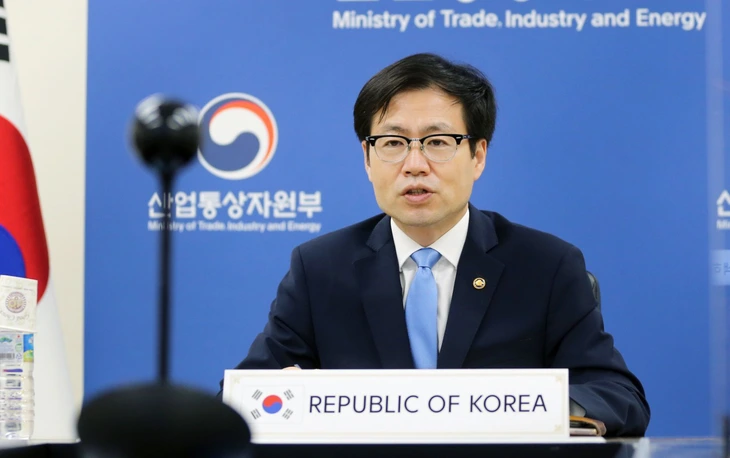
South Korean Trade Minister Yeo Han Koo to Depart for U.S. on July 4 for Continued Tariff Talks – Photo: YONHAP
Taiwan, Indonesia, Thailand: Closely Monitoring Developments
Taiwan, one of Washington’s key security partners, could face a 32% tariff if no trade deal is reached.
Hsiao Bi Khim, Taiwan’s representative, stated that negotiating teams from both sides are actively working to find a solution.
Meanwhile, Indonesia has shown goodwill by pledging to increase imports of U.S. energy and agricultural products, hoping to avoid the 32% tariff.
Thailand and Cambodia, currently subject to steep tariffs of 36% and 49% respectively, are also awaiting Washington’s next move.
A source from Thailand’s Ministry of Finance revealed that the U.S. has proposed halving the retaliatory tariff on Thai goods to 18%, but Bangkok is pushing for further negotiations with the goal of reducing it to 10%.
Switzerland: Hoping for a Tariff Delay
The Swiss government reported that the U.S. has acknowledged Switzerland’s good-faith efforts in negotiations, and expressed hope that the current 10% tariff would remain in place after July 9.
However, if President Trump fails to issue a decision before the deadline, Switzerland does not rule out the possibility that the tariff could be raised to 31%, as previously warned.
Source: Tuoitre.vn

Head Office
ASL Hồ Chí Minh
Số 31/34A Ung Văn Khiêm, Phường Thạnh Mỹ Tây, TP. Hồ Chí Minh, Việt Nam
 Công Ty Cổ Phần Giao Nhận Vận Tải Mỹ Á
Công Ty Cổ Phần Giao Nhận Vận Tải Mỹ Á
 (+84)28 3512 9759
(+84)28 3512 9759
 (+84)28 3512 9758
(+84)28 3512 9758
 pricing@asl-corp.com.vn
pricing@asl-corp.com.vn
 mdirector@asl-corp.com.vn
mdirector@asl-corp.com.vn
 www.asl-corp.com.vn
www.asl-corp.com.vn
LOGISTICS SERVICES









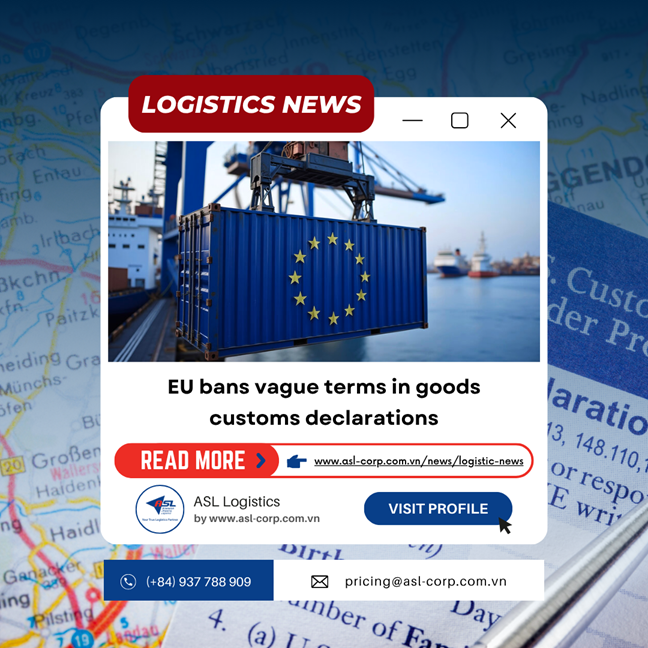
.png)
.png)

.png)

